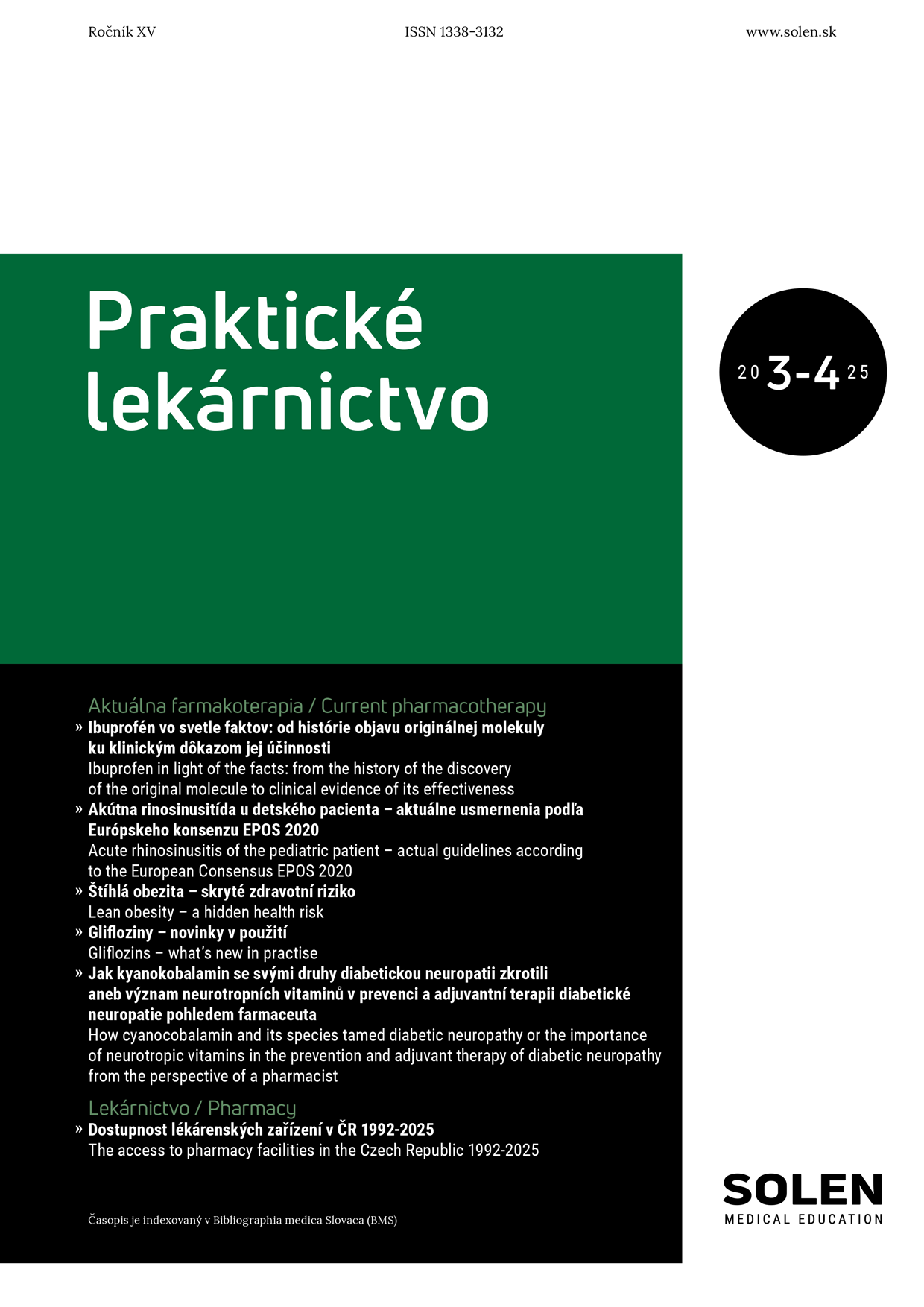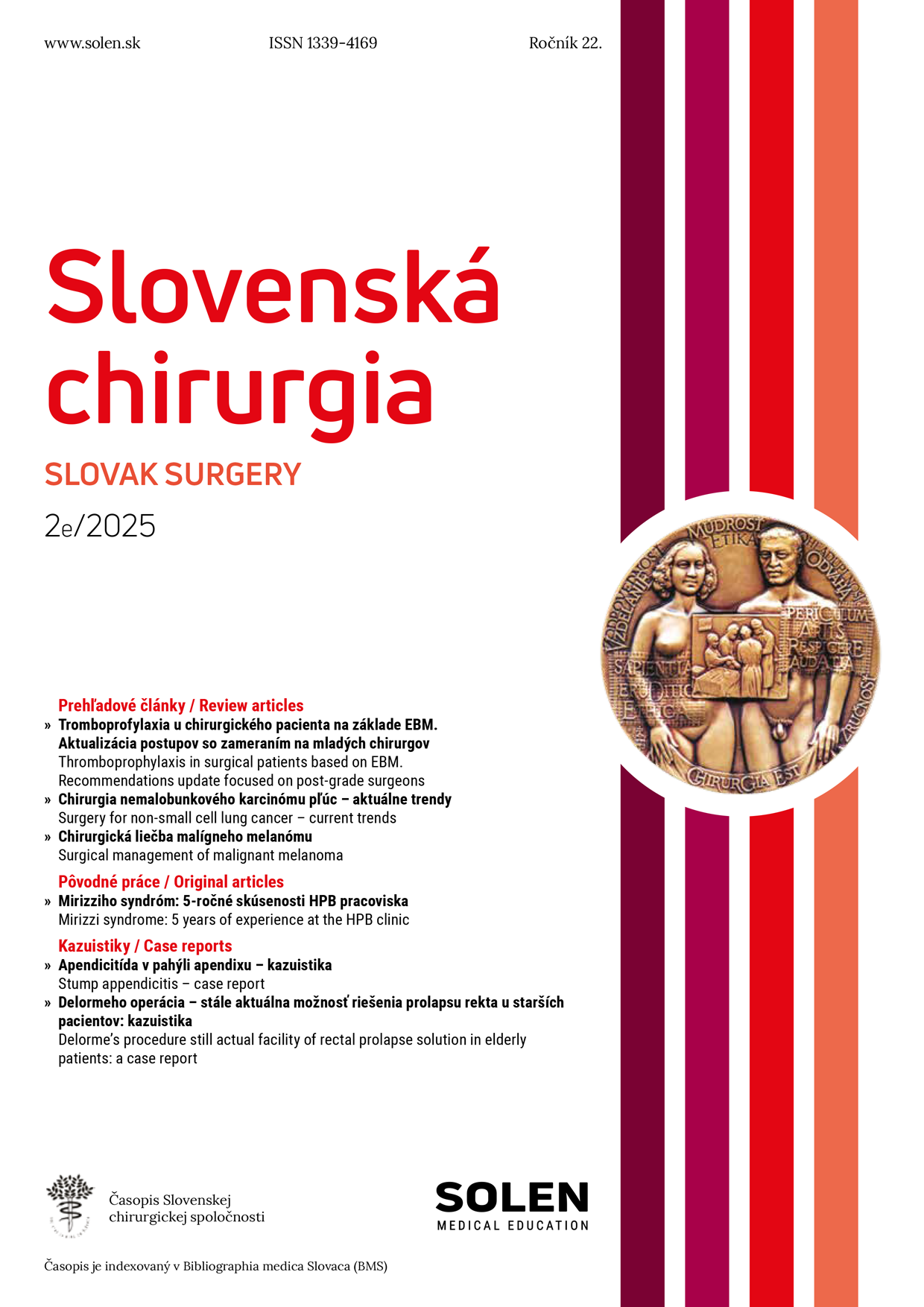Dermatológia pre prax 1/2023
Basic injection application techniques with hyaluronic acid used in dermatology
Hyaluronic acid is a unique molecule that occurs in all human tissues. Due to its biodegradable, biocompatible and only minimal immunogenic properties, hyaluronic acid has become a very convenient and popular material for medical and aesthetic purposes. In its stabilized form, hyaluronic acid remodels tissues and supplies their lost volume. Fillers with hyaluronic acid are easy to apply, do not require allergy testing or recovery time after the procedure. They are suitable for a wide group of patients, their behavior in the human body is safe and predictable. From the several injection application techniques, the tunnel technique is preferred one and the most often used. This technique is suitable for treatment of superficial and deep static wrinkles or areas with loss of volume. Other basic injection application techniques include point, bolus, stretching, cross-hatching, fanning, dual plane technique and many others. Each technique can be combined according to the individual’s needs and the characteristics of used filling material. In addition to its lifting and filling function, hyaluronic acid has also a significant reparative and moisturizing properties. Using the Skinbooster surface application technique, hyaluronic acid improves the structure of the skin’s surface, reduces fine wrinkles and skin imperfections. Microcannulas used in filling applications shorten the recovery time, reduce the formation of bruises and bleeding, increase the safety of the treatment and the comfort of the patient.
Keywords: hyaluronic acid, skinbooster, tunneling technique, microcannulas

















